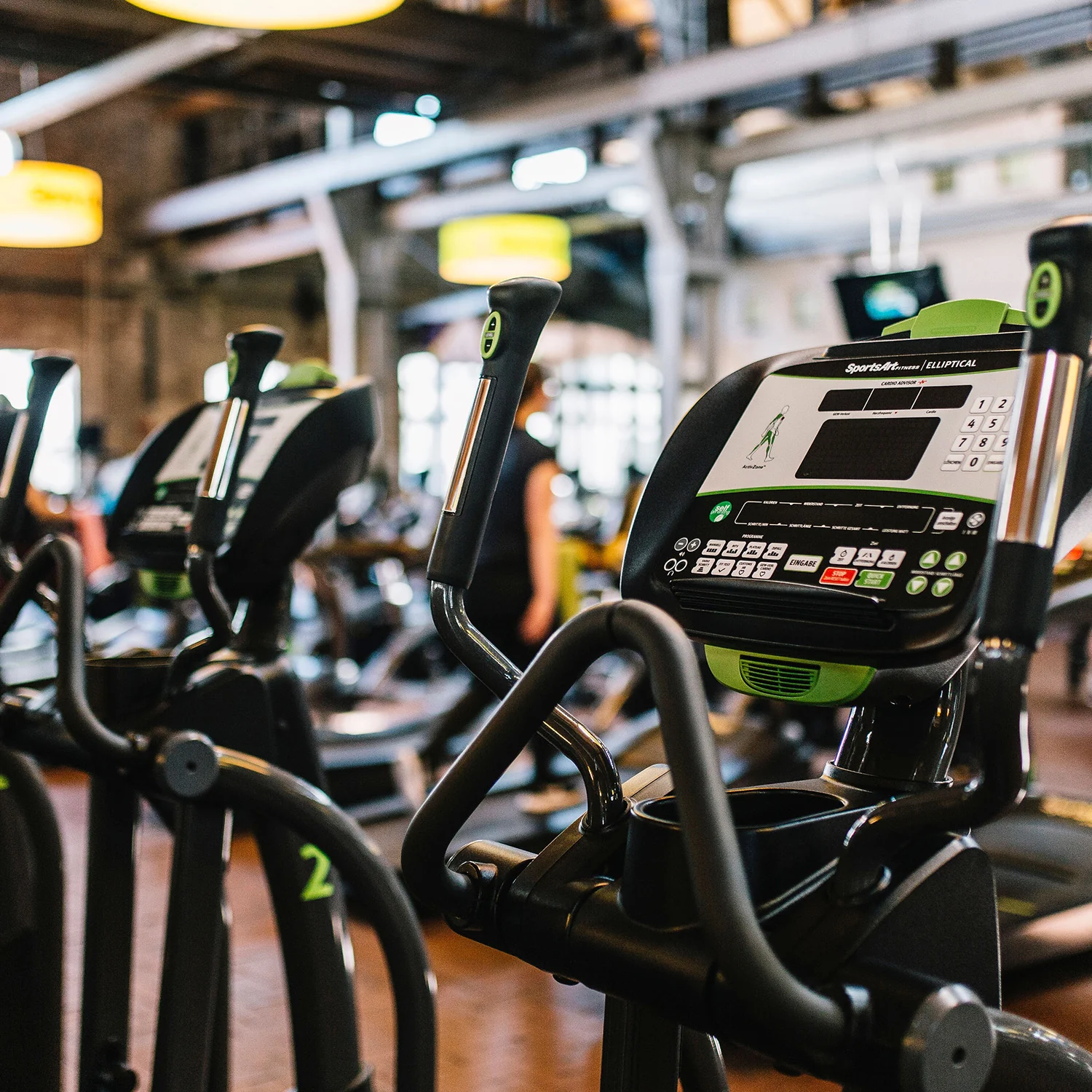Hey there, future moving expert! So, you’re gearing up for a big move and staring at that empty shipping container, wondering: “How to Pack a Shipping Container With Household Goods? Don’t worry; we’ve got your back! Packing a shipping container with household goods might seem like a daunting task, but with the right approach and some handy tips, you’ll be a packing pro in no time.
In this comprehensive guide, we’ll walk you through each step of the process, from planning and organizing to loading and securing your belongings. So, grab a cup of coffee (or tea; we don’t discriminate), and let’s dive in!

Importance of Proper Packing for Shipping Containers
Effective packing is crucial when loading shipping containers to maximize space utilization and ensure the safety of your belongings during transit. By strategically arranging items and using appropriate packing materials, you can prevent damage caused by shifting and impacts. Properly packed containers also facilitate efficient loading and unloading processes, saving time and reducing the risk of delays. Whether you’re relocating across town or across the globe, taking the time to pack your container correctly can make all the difference in ensuring a smooth and successful move.
Ensuring the Safe Transportation of Household Goods
When it comes to transporting household goods, safety is paramount. Properly securing heavier items and furniture within storage containers helps maintain stability and balance during transit, reducing the risk of accidents or damage to other items. Additionally, utilizing soft items like blankets or cushions to cushion fragile belongings adds an extra layer of protection against bumps and vibrations. Ensuring that container doors are securely closed and sealed also prevents items from shifting or falling out during transport, providing peace of mind throughout the journey. By prioritizing safety and attention to detail in your packing process, you can rest assured that your household goods will arrive at their destination safe and sound.
Steps on How to Pack a Shipping Container With Household Goods
Step 1: Declutter and Organize
Before you even think about packing, it’s essential to declutter and organize your belongings. Trust us; you don’t want to waste time and energy packing stuff you don’t need or want anymore. Take this opportunity to sort through your items and decide what to keep, donate, sell, or toss. Pro tip: Start this process well in advance to avoid last-minute panic.
Step 2: Gather Packing Supplies
Now that you know what you’re taking with you, it’s time to gather your packing supplies. You’ll need sturdy cardboard boxes in various sizes, packing tape, bubble wrap, packing paper, markers for labeling, and furniture blankets or pads for protection. Don’t skimp on quality here; investing in good packing supplies can save you headaches down the road.
Step 3: Create a Packing Plan
A little planning goes a long way when it comes to packing a shipping container. Take some time to sketch out a plan of how you’ll arrange your belongings inside the container. Think about which items are the heaviest and bulkiest and plan to place them at the bottom. Leave space for larger furniture pieces and appliances, and don’t forget to factor in any fragile items that need extra care.
Step 4: Pack Strategically
Now comes the fun part – packing! Start by placing heavy items like furniture and appliances towards the back of the container, distributing the weight evenly to keep the container balanced. Use furniture blankets or pads to protect your furniture from scratches and dings during transit. Next, pack medium-weight items like boxes of books or kitchenware, stacking them neatly to maximize space.
Step 5: Protect Fragile Items
Fragile items like dishes, glassware, and electronics need extra care during packing. Wrap them individually in bubble wrap or packing paper and place them in sturdy boxes, filling any empty spaces with packing peanuts or crumpled paper to prevent shifting. Label these boxes as “fragile” and place them towards the top of the container, away from heavy items that could crush them.
Step 6: Secure Everything in Place
Once everything is packed snugly inside the container, it’s time to secure it for transit. Use packing straps or ropes to anchor larger items like furniture to the walls of the container, preventing them from shifting during transport. Make sure boxes are stacked securely and won’t topple over if the container is jostled. Finally, double-check everything to ensure nothing is loose or unsecured.
Step 7: Label Boxes Clearly
Last but not least, don’t forget to label your boxes clearly. Use a marker to write the contents of each box and which room it belongs to, making it easier to unpack at your new home. You’ll thank yourself later when you’re trying to find that elusive coffee maker amidst a sea of boxes.
Gorilla Moving Company: Your Trusted Household Goods Packing Expert
Congratulations, you did it! Your shipping container is packed and ready to go. Now, all that’s left to do is sit back, relax, and let the professionals at Gorilla Moving Company take care of the household packing.
At Gorilla Moving Company, we specialize in hassle-free moves, whether you’re relocating across town or across the country. Our experienced team of movers knows how to pack and transport your household goods safely and efficiently so you can focus on settling into your new home.
So why stress about packing and moving when you can leave it to the experts? Contact Gorilla Moving Company today to learn more about our services and get a free quote for your upcoming move. Trust us; you’ll be glad you did!
FAQs: How to Pack a Shipping Container With Household Goods?
How do I know what size shipping container I need for my household goods?
To determine the right size container, assess the volume of your belongings by estimating the number of rooms you’re packing. Generally, a 20-foot container is suitable for a small apartment or two-bedroom house, while a 40-foot container works well for larger homes.
Should I disassemble furniture before packing it into the container?
Yes, whenever possible, disassemble bulky furniture like beds, tables, and bookshelves to save space and prevent damage during transit. Keep screws and hardware organized in labeled bags for easy reassembly at your new location.
How can I protect my belongings from moisture and humidity inside the shipping container?
Use moisture-absorbing products like silica gel packets or desiccant bags inside the container to help control humidity levels. Additionally, consider wrapping sensitive items in plastic or using moisture-resistant packing materials for added protection.
What’s the best way to pack fragile items like dishes and glassware?
Wrap each fragile item individually in bubble wrap or packing paper and pack them tightly in sturdy boxes, filling any empty spaces with cushioning material to prevent shifting. Label these boxes as “fragile” and avoid stacking heavy items on top of them.
Do I need insurance for my household goods when packing them into a shipping container?
It’s highly recommended to purchase insurance coverage for your belongings during transit, especially for long-distance moves or valuable items. Check with your moving company or insurance provider to explore your options and ensure peace of mind throughout the moving process. Learn more about “How to Pack Container for Moving” on our blog page now!







